Supercell Thunderstorms: Nature's Ultimate Storm Machine
Advertisement
3. The Life Cycle of a Supercell: From Birth to Dissipation
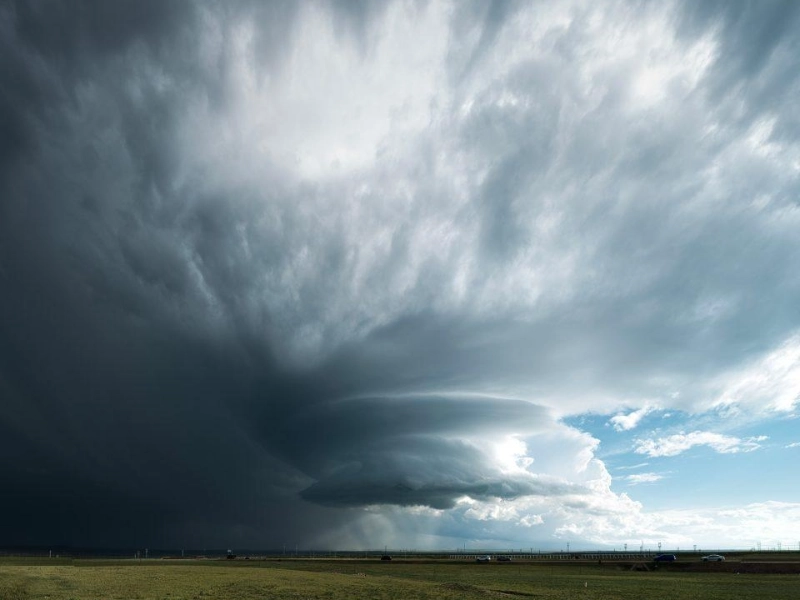
From the first creation of a supercell thunderstorm until its ultimate dissipation, their life cycle offers an interesting trip. For meteorologists and scientists investigating these strong weather systems, knowledge of this process is absolutely essential since it helps one to better understand their behaviour, lifetime, and possible effects. Supercell life can be essentially separated into four primary phases: initiation, organisation, maturity, and degradation.
The beginning of the initiation stage starts when the air is ideal for storm formation. Warm, wet air near the ground rises and runs across cooler air aloft, generating instability. Should there be sufficient energy and the cap—a layer of warm air usually suppressing storm development—broken, the air will continue to climb quickly, creating the first updraft. This indicates the start of the thunderstorm, which at this stage might not yet exhibit supercell traits.
The storm moves into the organisational stage as it keeps widening. Because to wind shear in the surroundings, the updraft strengthens and starts to rotate during this phase. Development of the mesocyclone, the distinguishing characteristic of a supercell, depends on this rotation. Starting with a strong updraft region separated from the downdraft area, the storm also begins to show its unique structure. The lifetime of the storm depends on this separation since it stops the chilly downdraft air from blocking the warm inflow driving the storm.
The supercell enters the mature stage when it reaches its maximum intensity and displays most remarkable and lethal properties. Now completely developed, the storm can cause significant hail, strong lightning, and occasionally tornadoes from the whirling updraft. Travelling great distances and impacting enormous areas, the supercell can preserve this mature form for several hours. Features like the wall cloud, flanking line, and anvil readily evident help to complicate the structure of the storm during this stage.
The supercell will eventually move into its disintegration stage. The storm's own downdraft cutting off the intake of warm air, changes in the larger-scale weather pattern, or the storm moving into a region with less favourable atmospheric conditions can all contribute to this. The storm's rotation slows down as it diminishes and can change into a more typical thunderstorm before evaporating at last.
A supercell thunderstorm shows amazing capacity for self-sustaining and environmental adaptation across its life cycle. Supercells are so long-lived and deadly because of their self-perpetuating character, which also reflects the intricate processes at work inside these strong storms. Understanding the life cycle of supercells helps researchers to forecast their behaviour and offer more precise warnings to nearby populations.
Advertisement
Recommended Reading:
19 Reddit Users Shared Their Best Secrets to Make Life Easier at Home →
You are viewing page 3 of this article. Please continue to page 4
Stay Updated
Actionable growth insights, once a week. No fluff, no spam—unsubscribe anytime.
Advertisement
You May Like

Wardrobe Woes: Hilarious Celebrity Outfit Blunders You Can't Unsee
07/29/2025

The Best Shot Of A Wild Animal You've Never Seen Before
08/29/2025

Owners Were Shocked! The Amazing Changes After Pet Grooming
08/02/2025

14 Unique Cat Breeds That You Don’t See Every Day
08/08/2025
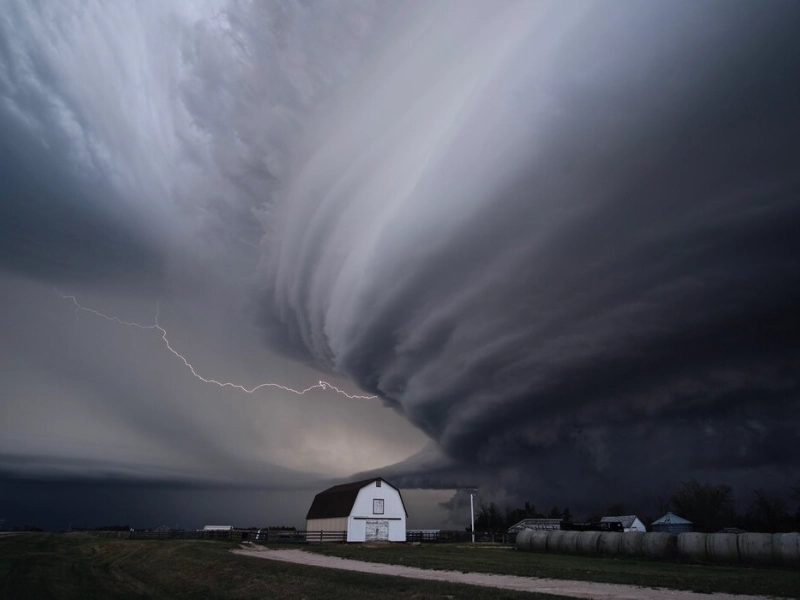
Supercell Thunderstorms: Nature's Ultimate Storm Machine
08/15/2025

Exotic Delights: 12 Perfect Tropical Fruits for Fruit Salads
08/23/2025

24 Pets Who Are Evolving Into Their Humans
07/10/2025

10 Unobvious Things to Do as Soon as You Enter Your Hotel Room
06/13/2025

Glamorous Unions: Memorable Celebrity Wedding Snippets
07/12/2025
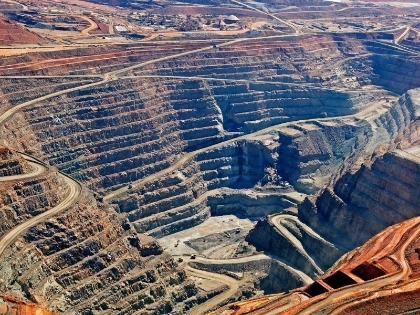
Underground Monsters: The Insane Depths of Earth's Deepest Mines Revealed
08/15/2025

Apricot Jam: The Taste of Summer Sunshine
08/08/2025

Hilarious Award-Winning Wildlife Photos Proving Animals Have a Sense of Humor
07/06/2025

Debunking the 8-Glass Rule: What Experts Want You to Know
06/07/2025

What Will Happen to Your Body If You Start Eating 3 Dates Every Day for a Week
06/30/2025

19 Reddit Users Shared Their Best Secrets to Make Life Easier at Home
07/29/2025

Watermelon Diet: A Delicious Choice for Summer Weight Loss
08/16/2025

DIY Disasters: When Repairs Go Horribly Wrong
09/03/2025

9 Amazing Facts About The Blue Lagoon - #6 Will Shock Even Icelanders!
08/08/2025

The Strangest Beauty Pageants Through History
08/13/2025

Rare Historical Photos That Reveal the Unknown Past
06/30/2025

Nature's Perfect Timing: 15 Mind-Blowing Animal Photos You Can't Miss
07/11/2025

20 Luxurious Things From Dubai That Made Us Gasp
08/05/2025
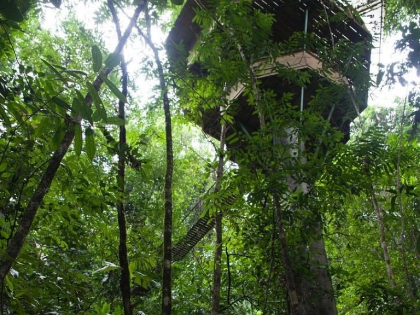
21 Hotels That Can Make Anyone Want to Book the Next Flight
08/28/2025
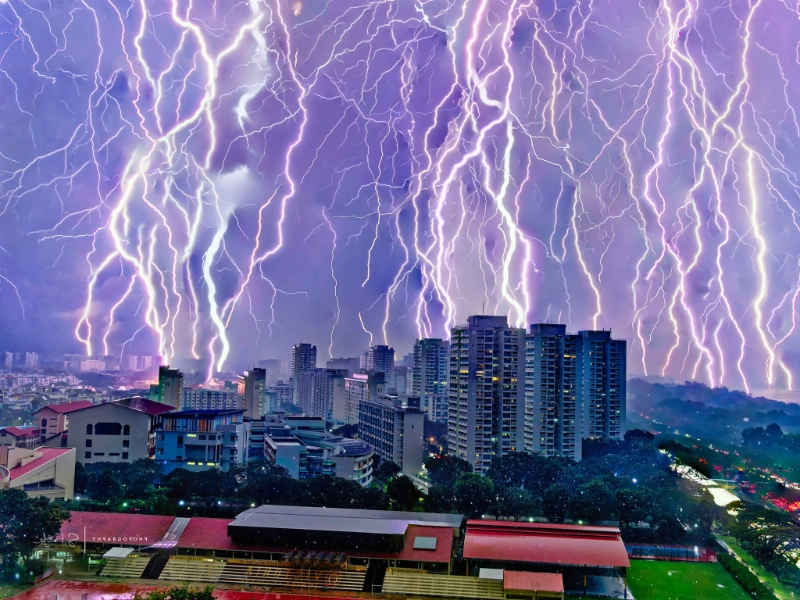
16 World-Famous Lightning Landmarks: A Must-Visit Pilgrimage
08/02/2025
Comments
MeridianScout · 06/17/2025
This could unify siloed efforts.
AlloyCourier · 09/02/2025
Suggests a living document approach.